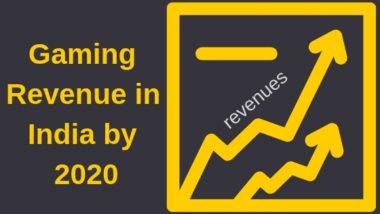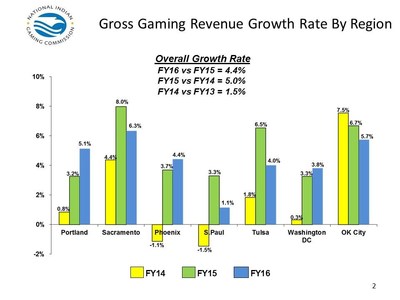

Since Angry Birds had an eye catching logo that matched the concept of the game, people could register it instantly. The app store name, logo, description and media is what can make or break a game’s impression on the user. That makes it crucial for apps to optimize for the store – that’s exactly what Rovio did for Angry birds. 40% of users discover apps and games by directly searching for them using related keywords. The first and foremost step to market an app, is prepare for the app store. The brand became so popular that Rovio was able to expand it into merchandising and even launch the Angry Birds movie in theatres. The mobile app growth of Angry Birds didn’t stop with gaming revenues. But the growth started with the release of the Angry birds movie and some other games that were launched with the freemium model. When the competitors started releasing freemium games that made money through in game purchases, Rovio experienced an operating loss and had to downsize in 2015. Since 79% of their revenue is tied to the Angry Birds brand, the company had to work on diversifying its titles to fuel their growth consistently in the market. The Growth of Angry Birdsīut it wasn’t just the launch of Angry Birds that made them successful.


So how did Rovio launch a game that became of the most successful games in the market? Growth strategizing. According to Rovio, their titles received over 3.7 billion downloads! With Angry Birds, Rovio has produced some of the most impressive mobile growth statistics in the industry – $12 billion in revenue in 2012 and an estimated $50 billion in 2017. While most other games struggle to maintain their place in the increasing app market competition, the two games are still top grossing. With over 50 million downloads and 200 million minutes of game play each day, Angry Birds and its sequel Angry Birds 2 by Rovio have become two of the most addictive and popular mobile games of their time.


 0 kommentar(er)
0 kommentar(er)
